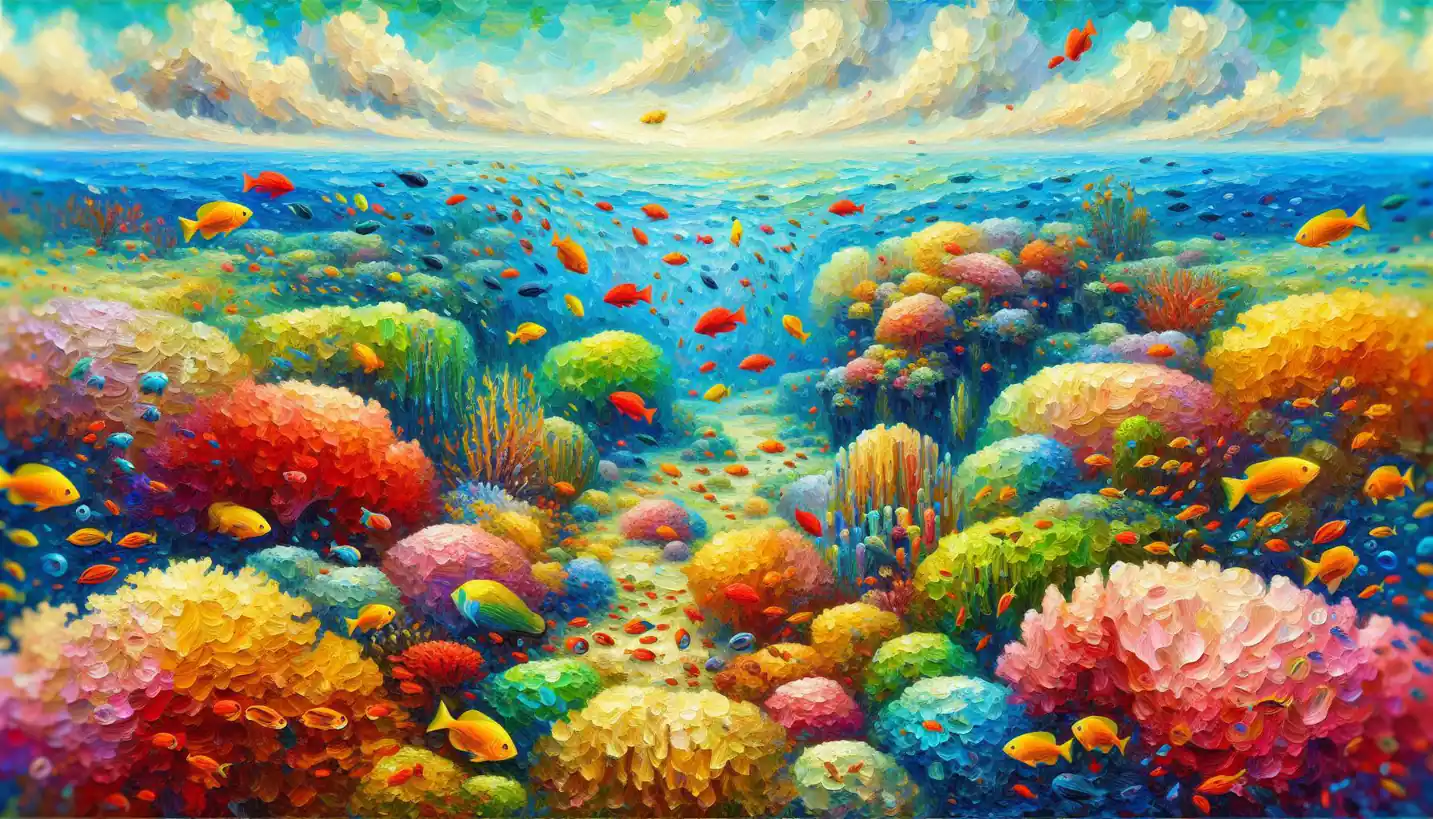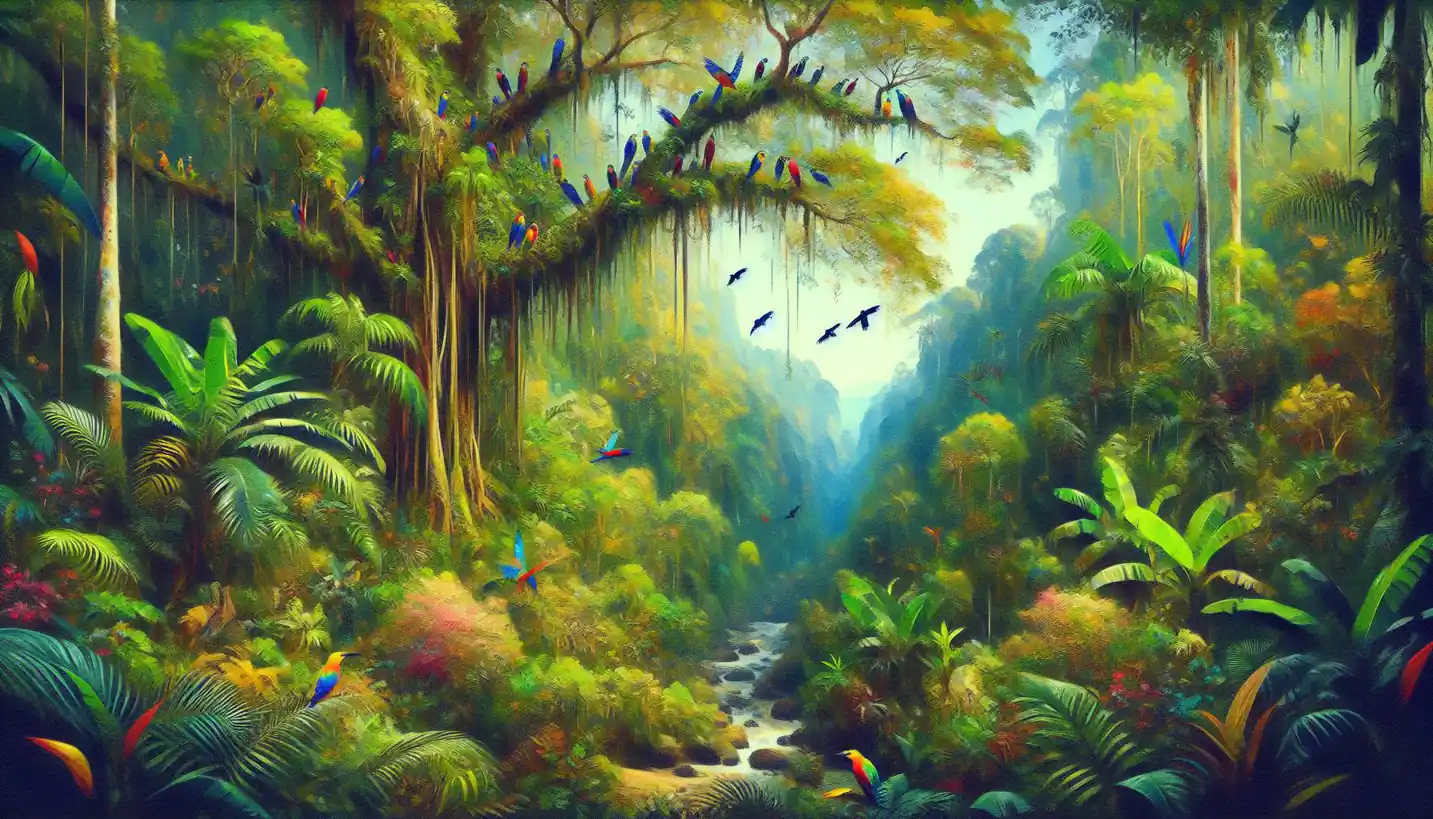
Infrastructure: The Backbone of Urban Geography and Cities
Infrastructure forms the backbone of thriving cities, supporting their growth, connectivity, and functionality.

Infrastructure forms the backbone of thriving cities, supporting their growth, connectivity, and functionality.

Climate Sensitivity determines how our planet reacts to CO2 levels. Unravel why this response is crucial for understanding future climate changes.

Cultural commodification unravels the intricate process of cultures becoming marketable. Explore its impact on cultural identities and geographical significance.

Continental drift narrates Earth’s long journey, pushing and pulling continents. Explore how this monumental movement has sculpted life's distribution.

The zero-sum game concept in geopolitics suggests one nation's gain is another's loss. Dive into the strategies countries use to outmaneuver each other.

Cultural landscapes reflect the human spirit, telling captivating stories of how people creatively turn nature into living, breathing environments.

Foraminifera, though tiny, are like storytellers from the deep, revealing secrets of our planet's geographical history and climate evolution.

Borders aren't just lines on a map—they shape cultures, politics, and interactions. Explore the invisible forces at play in dividing our world.

Choropleth maps use colors to represent data on geographical maps, making complex info easily understandable. Dive into how these colorful maps transform data into vivid stories.

Aquifers are hidden reservoirs storing vast amounts of groundwater, crucial for our survival. Discover how these underground marvels sustain ecosystems and human life.

Spatial resolution focuses on the detail level visible in imagery and maps. Explore how this affects the clarity and precision of geographic observations.

Fair trade challenges traditional market practices with ethics and fairness. Can these responsible choices really transform global markets and lifestyles?